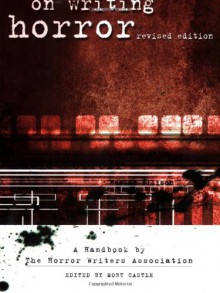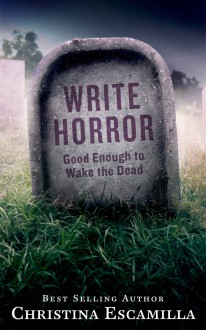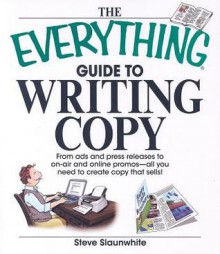Whether you are starting a new novel, thinking about writing a novel, or stuck half way through the process, this series of articles is designed to offer help and new ways of looking at your craft.
Carmilla Voiez is a horror and fantasy author. Her novels have been published by indie publishing companies including Vamptasy Publishing, CHBB and Stone Circle Publishing and her short stories have been included in anthologies by Clash Books, Weird Punk Books, Stitched Smile, Siren Magazine, and Dragones Mecanicos. Her award-winning Starblood series is being adapted into a series of graphic novels illustrated by Anna Prashkovich. She has studied creative writing with the Open University and proof-reading with Chapterhouse. Carmilla also offers individually tailored editing packages for self-publishing authors.
This blog series will take you through the nine steps of writing and publishing your novel. It is designed for those of you planning your first adventure in writing, and those who feel they are missing something as they write but don’t know what. It may have some relevance to writers working on short stories, but it is designed to cover the challenges of longer pieces (50k words and over).
This introduction will set out the format of the course, and list the resources I will refer to throughout the articles. You may wish to add some of these books to your own reading list, but it is not obligatory.
Part Two – The Blank Page
Includes: where to find inspiration for your - story, characters, and settings.
To plan or not to plan, that is one of many questions.
A cost-benefit analysis of NaNoWriMo.
Part Three – Content and Themes
Character-based vs plot-based.
What do you want people to think about as and after they read the story?
Part Four – Style
Perspective, language, tenses and chapter lengths.
Part Five – Writer's Block
Keeping going when it gets tough.
Part Six – The End?
Rewriting, foregrounding the themes, deciding whose story this is.
Part Seven – Editing
Checking for consistency and avoiding unwanted repetition. Style sheets. Plugging the plot holes. Character arcs.
Part Eight – Proofreading
Understanding grammar. Use a dictionary. Common errors. The role of beta readers. Do you need to pay a professional editor?
Part Nine – Delivery
Traditional vs self publishing. How to find an agent. How to snag a publisher. The elevator pitch. The dreaded synopsis. Starting something new.
Part Ten – Promotion
Release parties. Paid adverts. Building connections. Book signings. Your Facebook page. Your website. Anthologies. Goodreads.
Join me on this journey through the writing process and feel free to comment on my blog if you have any specific questions related to the content or your own process. Learn the importance of a closed and an open door as you progress and start building a community of like-minded individuals who support each other’s efforts.
The resources I will be using while writing this course include:-
“Creative Writing” - Linda Anderson,
“On Writers and Writing” - Margaret Atwood,
“Becoming a writer” - Dorothea Brande,
“On Writing” - Stephen King,
“The Art of Fiction” - David Lodge,
“A Creative Writing Handbook” - Derek Neale,
“Story Structure Architect” - Victoria Lynn Schmidt,
“The Writer’s Journey” - Christopher Volger,
“Writing a Novel” - Nigel Watts,
and my own experiences.
Carmilla Voiez.
Check out my full bibliography on Amazon.
Follow me on Twitter.
Like my page on Facebook.
Connect with me on Goodreads
Subscribe to my newsletter.


 Log in with Facebook
Log in with Facebook 









